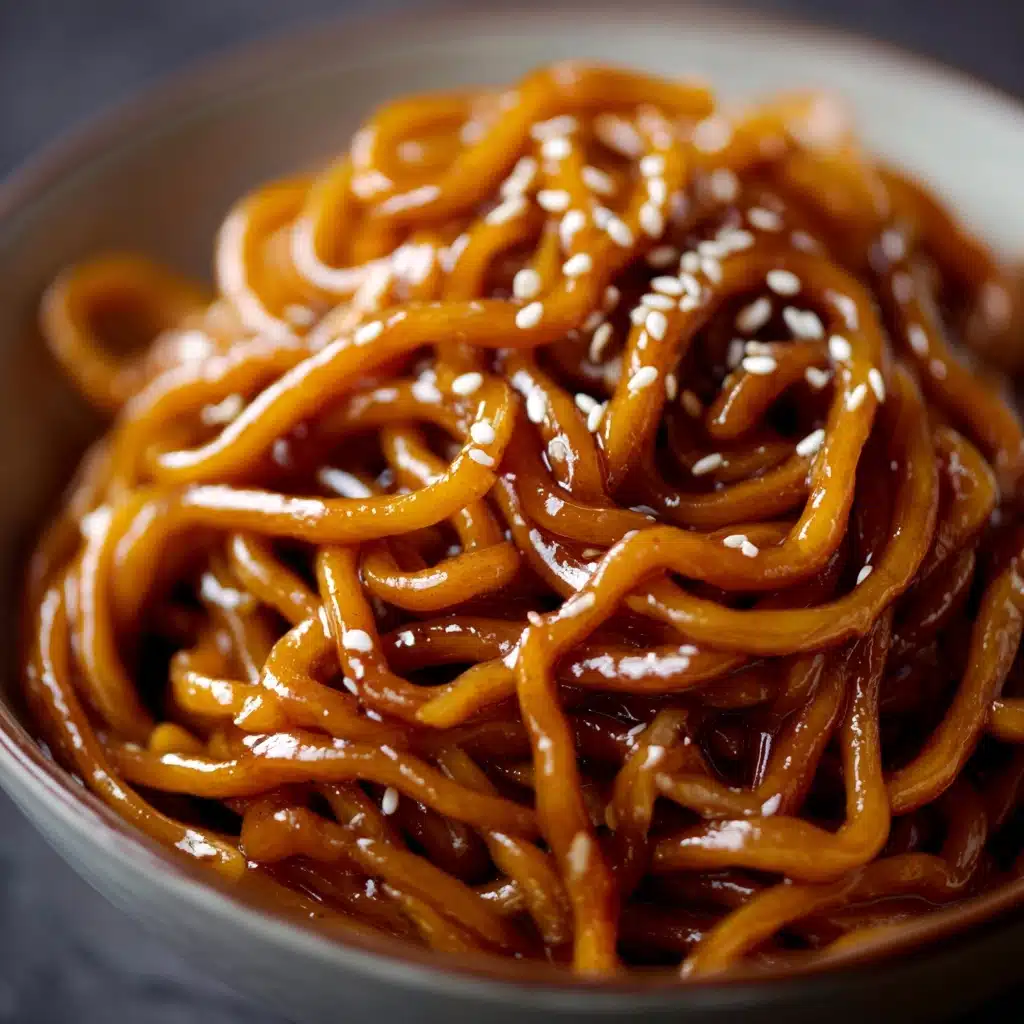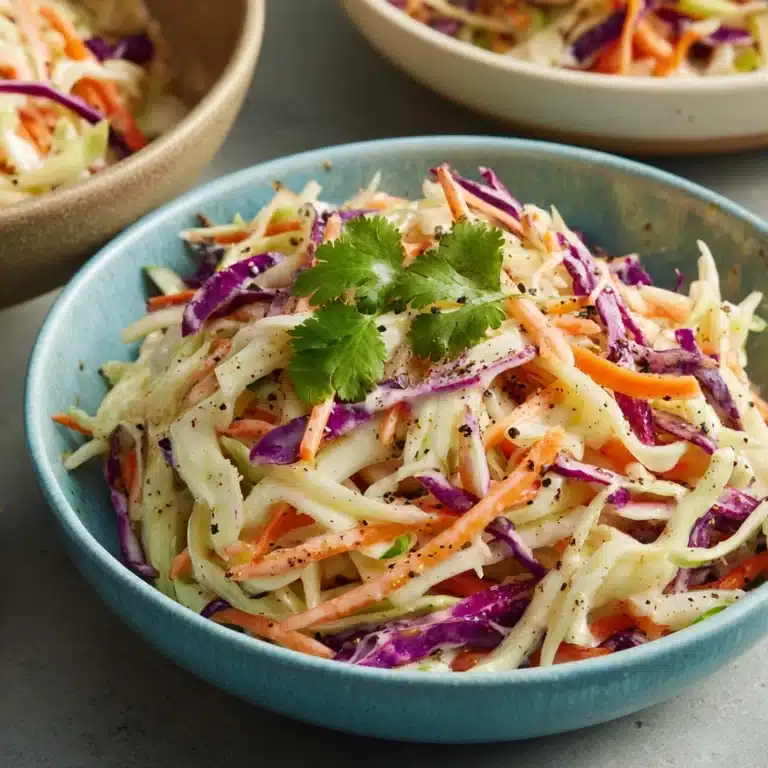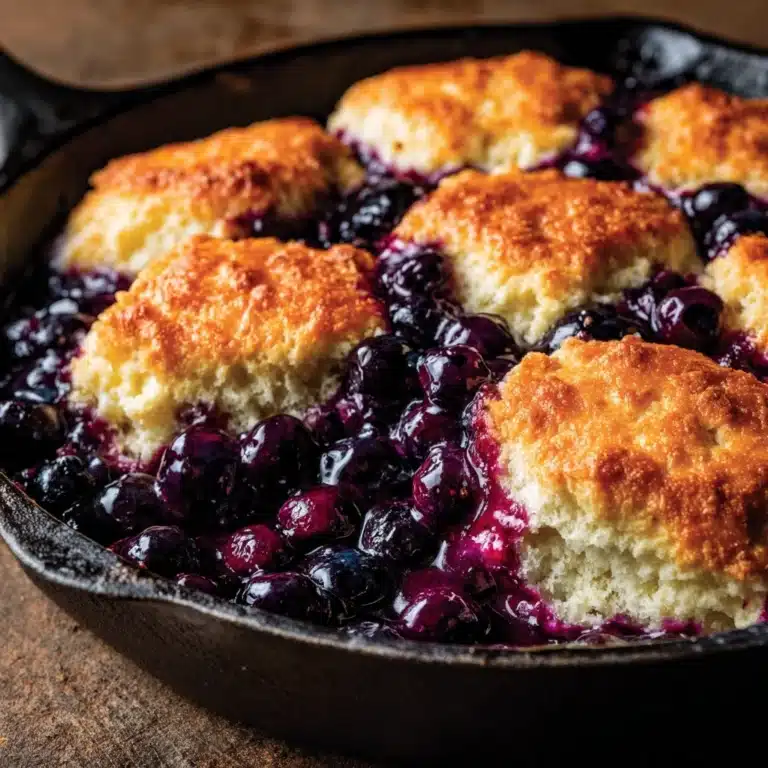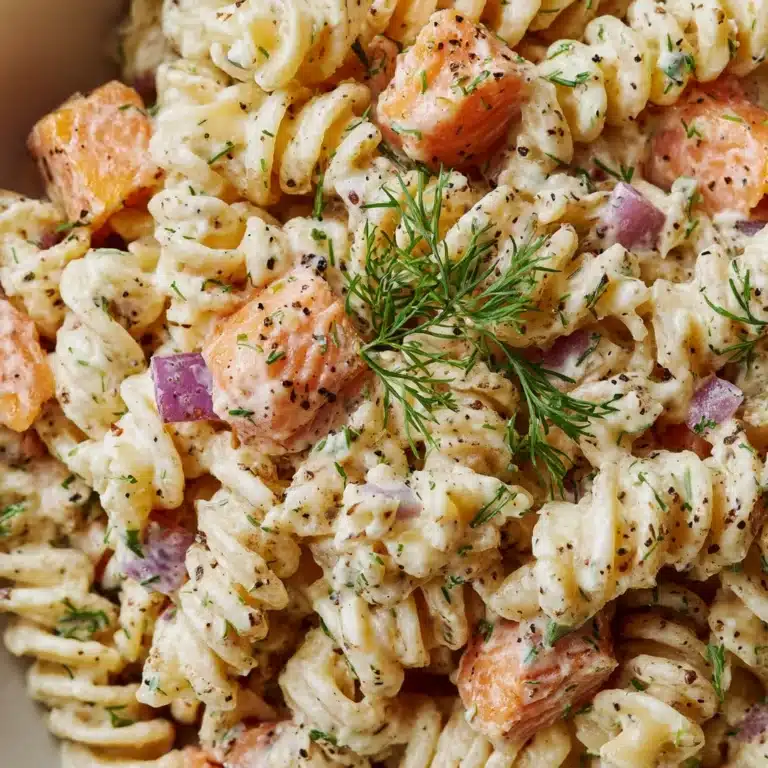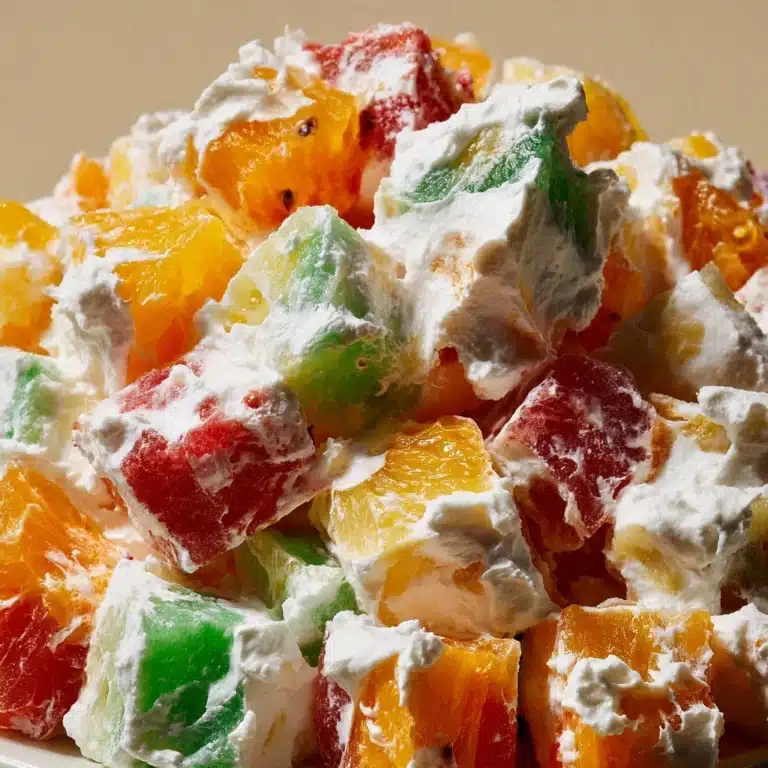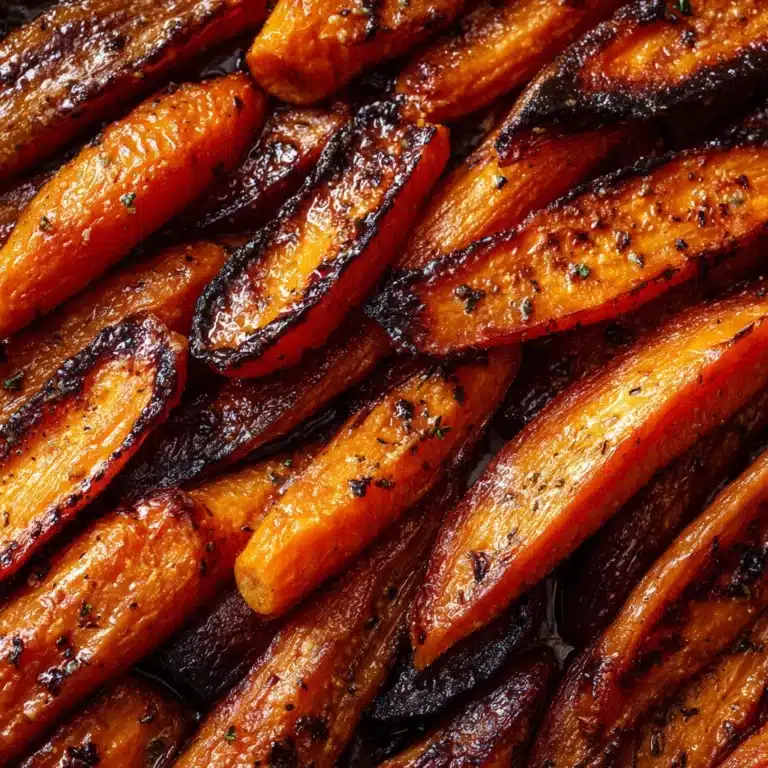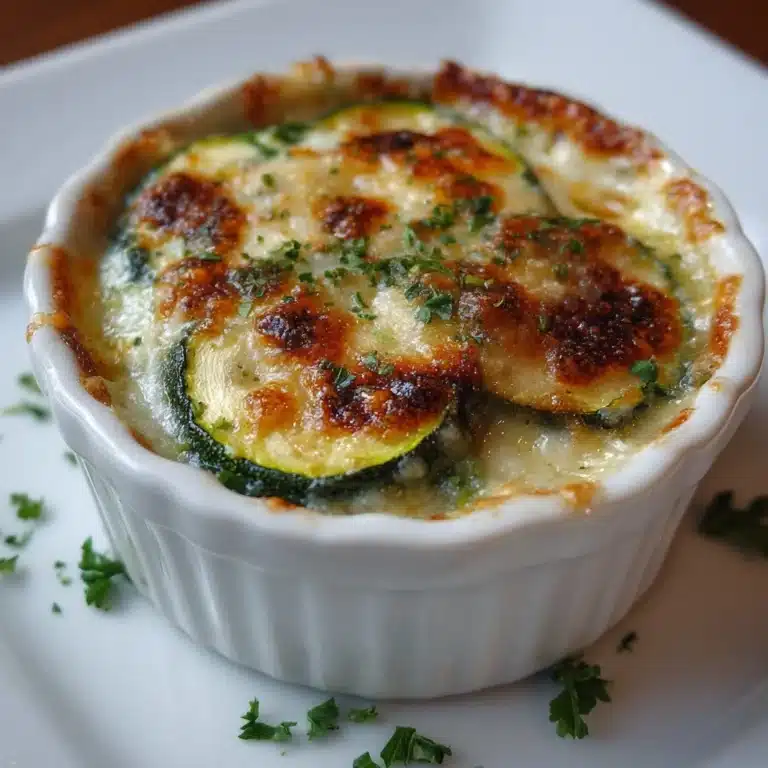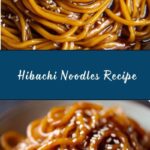If you’ve ever found yourself craving the irresistible savoriness of your favorite Japanese steakhouse, Hibachi Noodles are about to become your new weeknight obsession! These glossy, buttery noodles are tossed with aromatic garlic, soy, a touch of sweetness, and a sprinkle of sesame, delivering all the nostalgic, crowd-pleasing flavors you love—right from your own kitchen. Perfect as a quick main or a stellar side, this recipe captures the magic of hibachi-style dining in less than 30 minutes and is guaranteed to make anyone at your table swoon with every slurp.
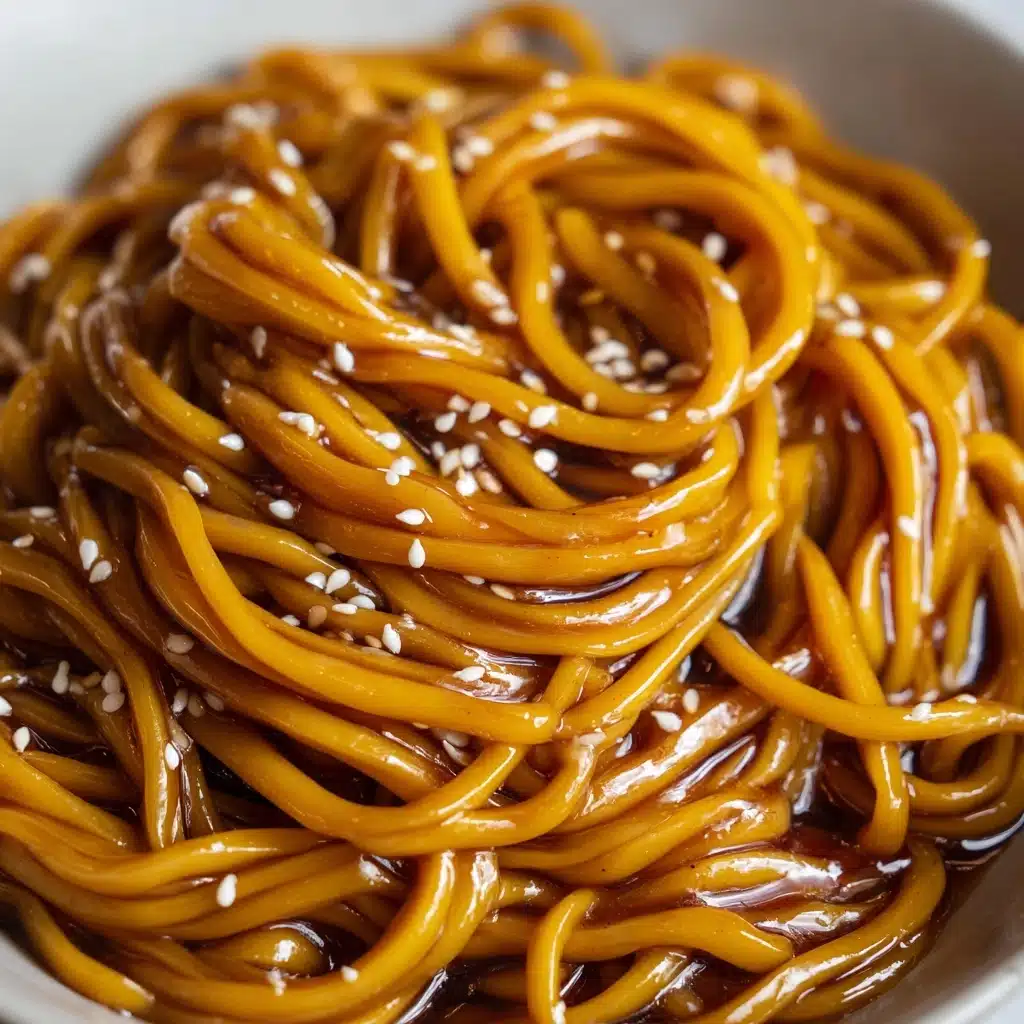
Ingredients You’ll Need
The beauty of Hibachi Noodles is how just a handful of essential pantry staples can create something so deeply delicious. Each ingredient in this recipe plays a role—bringing flavor, silkiness, a little crunch, or an irresistible pop of color.
- Yakisoba or lo mein noodles: Soft and chewy, these are the slippery backbone that soak up all the savory goodness.
- Unsalted butter: Adds that signature hibachi richness and helps the noodles glisten beautifully.
- Vegetable oil: Keeps everything from sticking and gives a clean, neutral base for sautéing garlic.
- Fresh garlic (minced): Lends bold aroma and a warm, mouthwatering depth to the noodles.
- Low-sodium soy sauce: The backbone of our umami-rich sauce—choose low-sodium to control saltiness.
- Teriyaki sauce: Brings sweet tang and glossy body for that classic hibachi taste.
- Oyster sauce (optional): Adds a subtle complexity and savory boost—skip for a vegetarian version.
- Honey or sugar: Balances the salty notes with just a hint of sweetness.
- Sesame oil: A drizzle infuses the noodles with toasty, nutty fragrance that screams hibachi.
- Green onions (sliced): A fresh, zesty garnish that delivers color and bite.
- Toasted sesame seeds: Sprinkle on for crunch, aroma, and irresistible visual appeal.
- Salt and pepper: Season to taste, bringing all the flavors into delicious harmony.
How to Make Hibachi Noodles
Step 1: Cook the Noodles
Begin by preparing your yakisoba or lo mein noodles according to the package directions. Whether you’re boiling fresh or dried noodles, the goal is tender but not mushy—give them a quick rinse under cool water after draining to prevent sticking, then set them aside while you prep the sauce.
Step 2: Sauté the Garlic
Heat a large skillet or wok over medium-high heat, and add the unsalted butter together with the vegetable oil. Wait until the butter melts completely, then toss in the minced garlic. Stir for about 30 seconds, just until the aroma fills the kitchen—keep a close eye so the garlic doesn’t burn.
Step 3: Toss in the Noodles
Add the drained noodles straight into your garlicky, bubbling pan. Work quickly, tossing to make sure every strand is lightly coated with that fragrant butter and oil. This first toss helps set the foundation for those perfectly glossy Hibachi Noodles.
Step 4: Drench in Sauce
It’s time to bring the sauce together! Pour in the soy sauce, teriyaki sauce, oyster sauce if using, honey or sugar, and a drizzle of sesame oil. Use tongs to toss the noodles so they’re evenly bathed in the sauce. Let them cook for 3-4 minutes, allowing every noodle to soak up the flavors and for the sauce to reduce slightly.
Step 5: Season and Garnish
Give your Hibachi Noodles a final taste, seasoning with salt and pepper as needed. Remove from heat, then shower with sliced green onions and toasted sesame seeds for a legit restaurant-worthy finish. Serve up immediately while hot and glossy, preferably with chopsticks and a big smile.
How to Serve Hibachi Noodles
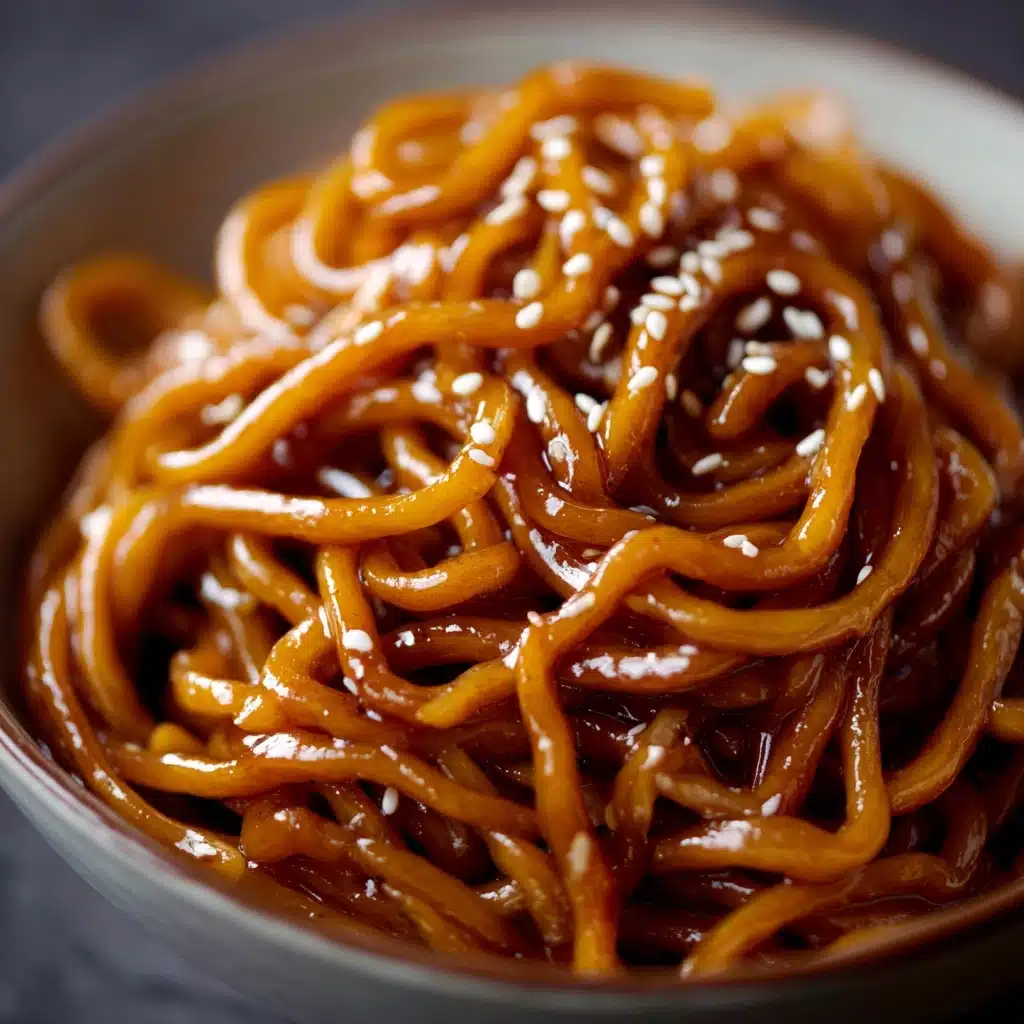
Garnishes
Take your Hibachi Noodles from great to unforgettable with a handful of fresh green onions and a generous sprinkle of toasted sesame seeds. For even more color, you could add a few curls of pickled ginger or thinly sliced chili.
Side Dishes
Noodles like these deserve an equally delicious partner. Pair them with classic hibachi grilled favorites—think juicy chicken, melt-in-your-mouth steak, or tender shrimp. If you’re leaning vegetarian, toss in stir-fried mushrooms, zucchini, or carrots for extra color and crunch.
Creative Ways to Present
Serve Hibachi Noodles in individual bowls for a cozy family dinner or pile them onto a big platter and let everyone dig in. For a fun twist, portion them into lettuce cups or alongside a hibachi-style fried rice bar. Leftovers? Pack them up for a stellar lunchbox treat—cold or reheated!
Make Ahead and Storage
Storing Leftovers
Cool any leftover noodles promptly, then store them in an airtight container in the fridge for up to 4 days. They’ll stay delectable and make lunch or quick dinners a total breeze.
Freezing
While fresh is best for Hibachi Noodles, you can freeze them in a pinch. Divide cooled noodles into freezer-safe bags or containers, squeezing out as much air as possible. Freeze for up to 1 month, and try to thaw overnight in the fridge for best texture.
Reheating
The quickest way to revive leftover Hibachi Noodles is with a hot skillet—just add a drizzle of water or soy sauce and give them a quick toss over medium heat until steaming. In a hurry? The microwave works too—cover loosely and heat in 30-second bursts, stirring in between, to keep them from drying out.
FAQs
Can I add veggies or protein to Hibachi Noodles?
Absolutely! This recipe is versatile—try tossing in sautéed zucchini, mushrooms, carrots, or even bell peppers. Want to bulk it up? Add cooked chicken, steak, shrimp, or tofu for a heartier meal.
What noodles are best for this dish?
Yakisoba or lo mein noodles are ideal for Hibachi Noodles because of their chewy texture, but you can substitute with spaghetti or linguine in a pinch if needed.
Is this recipe vegetarian?
It’s vegetarian as long as you skip the oyster sauce. You can also use vegan butter and double-check your stir-fry sauces if you’re keeping things plant-based!
How do I make it less salty?
Be sure to use low-sodium soy sauce and taste as you go, adjusting the salt at the very end. You can even dilute your sauce with a splash of water if needed, especially if pairing it with other salty dishes.
Can I double the recipe for a crowd?
Definitely! Hibachi Noodles scale up beautifully—just use a larger wok or cook in batches so everything gets evenly sauced and stir-fried. Perfect for parties or meal prep.
Final Thoughts
Hibachi Noodles are one of those feel-good dishes that’s as fun to make as it is to eat. Easy, endlessly adaptable, and loaded with flavor, they’re perfect for satisfying a hibachi craving any night of the week. Give them a try and bring the sizzle of the steakhouse right to your own table—your tastebuds (and your friends) will thank you!
Print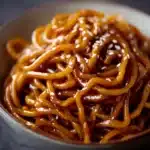
Hibachi Noodles Recipe
- Total Time: 20 minutes
- Yield: 4 servings 1x
- Diet: Vegetarian
Description
Delicious and easy-to-make hibachi noodles recipe that’s perfect as a side dish or a main course. These flavorful Japanese-American inspired noodles are savory, slightly sweet, and loaded with umami goodness.
Ingredients
Main Ingredients:
- 12 ounces yakisoba noodles or lo mein noodles
- 2 tablespoons unsalted butter
- 2 tablespoons vegetable oil
Flavorings:
- 4 cloves garlic, minced
- 1/4 cup low-sodium soy sauce
- 2 tablespoons teriyaki sauce
- 1 tablespoon oyster sauce (optional)
- 1 tablespoon honey or sugar
- 1 teaspoon sesame oil
Garnish:
- 2 green onions, sliced
- 1 tablespoon toasted sesame seeds
- Salt and pepper to taste
Instructions
- Cook the Noodles: Prepare the noodles according to package instructions, then drain and set aside.
- Sauté Garlic: Heat butter and vegetable oil in a skillet, sauté minced garlic until fragrant.
- Combine Ingredients: Add cooked noodles, soy sauce, teriyaki sauce, oyster sauce, honey, and sesame oil. Cook and toss for 3-4 minutes.
- Season and Garnish: Season with salt and pepper, garnish with green onions and sesame seeds. Serve hot.
Notes
- Add sautéed veggies like zucchini, mushrooms, or carrots for extra flavor and texture.
- Pair with grilled chicken, steak, or shrimp for a complete hibachi meal.
- Prep Time: 10 minutes
- Cook Time: 10 minutes
- Category: Side Dish
- Method: Stir-Fry
- Cuisine: Japanese-American
Nutrition
- Serving Size: 1 cup
- Calories: 320
- Sugar: 5g
- Sodium: 650mg
- Fat: 12g
- Saturated Fat: 4g
- Unsaturated Fat: 7g
- Trans Fat: 0g
- Carbohydrates: 45g
- Fiber: 2g
- Protein: 7g
- Cholesterol: 15mg
